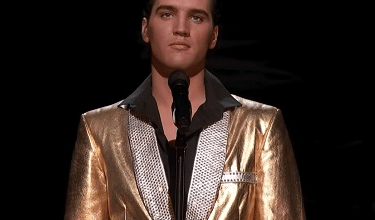Tackling the gender gap in Peru’s gaming industry

By Mikhail Huacán
Lima, Mar 13 (EFE).- When María Fernanda Flores started a degree in video games, she assumed she would be the only woman on the course and that she would most likely change classes to study art or design.
But from day one of her programming course, she knew she was in the right field. Today, she is one of the most successful Peruvian women in the industry.
“It motivated me to know that I could do it,” Flores told Efe, recalling the challenge that faced her when she entered a programming course full of men. She was one of the early trailblazers in the industry in Peru, where female representation in the industry has grown to 22% by 2021.
She said that one of the key moments that tipped the balance in gender representation was during the pandemic, when the digital world became a crucial tool.
“Thanks to social media, we were all in the same boat, it doesn’t matter if you’re a woman or a man, we were all going through the same thing.”
For women in the industry, having a place where they could “let off steam” without being judged helped boost participation, Flores said, adding that it also showed her how feminist groups and women challenged sexist constructs in the industry.
In the world of gaming, male characters are commonly portrayed as heroes or powerful warriors, while female characters are often relegated to the background or are hypersexualized — although women gamers are helping to change this.
Katherine Vildoso, a conceptual artist and coordinator of the video game design and development course at the Toulouse Lautrec institute in Lima, said: “The audience was always male and the games were made for them.”
Ekate, as she is known, is convinced that women feel more secure to express themselves since the general shift to the online world.
“In 2019, in 2018, for every 30 guys there will be one girl. During the pandemic, we’ve had between four and five girls. It’s comforting to see that, little by little, they are losing their fear.”
Flores knows this well. Her first hurdle was to ignore those telling her she was getting into a “men’s degree.”
The feminist movement nowadays challenges those notions, making it clear that “no one should tell you what you can and can’t do,” she said.
For Vildoso, this trajectory was not as easy. She has loved video games from a young age but, being female, she always felt like she had to come up with a clever justification as to why.
“I worked as a plastic artist designing video game characters from the age of 18,” she said, adding that she did not know how the industry functioned when she got a first foothold in it.
“Until that moment, I didn’t know that my talent had anything to do with my looks.”
One day, one of her bosses requested a female worker for a job at the company. The requirements included: “whoever is the prettiest (…) whoever looks most like a ‘gamer chick’,” Vildoso added.
She now runs her own company, which provides different services in the industry, from development to design.
“I wanted to be part of the change,” she said. EFE
mhh/jt/smq





